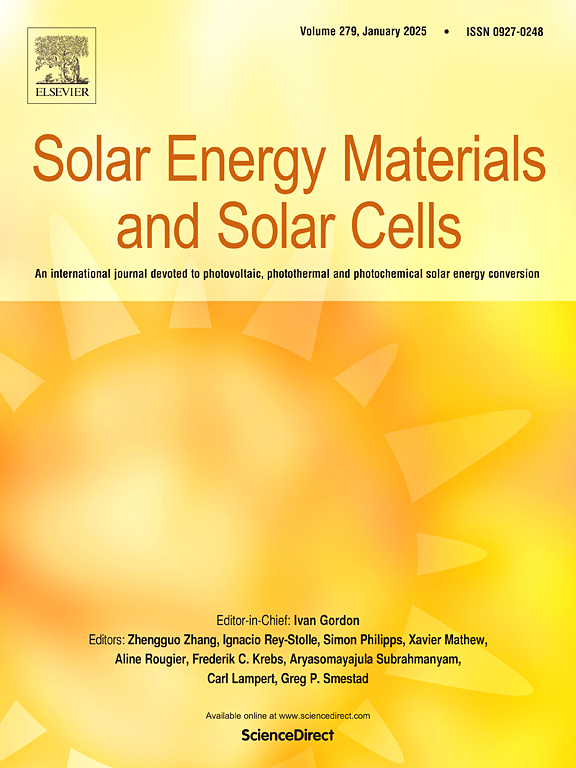The photovoltaic Dyson sphere
IF 6.3
2区 材料科学
Q2 ENERGY & FUELS
引用次数: 0
Abstract
This study explores the concept of a photovoltaic Dyson sphere, a megastructure designed to capture and convert a star's energy for use in advanced technological applications. The temperature of a Dyson sphere composed of both blackbody and grey body materials is investigated. For efficient photovoltaic conversion, the semiconductor sphere must be coated with a black material to regulate temperature, ensuring it remains low enough for photovoltaic generation. The environmental impact on planetary conditions is also analyzed, revealing that only a Dyson sphere with an extension beyond Earth's orbit could allow life to persist on Earth while maintaining suitable temperatures for photovoltaic efficiency. Such a structure would still increase Earth’s temperature, necessitating planetary temperature control systems—an issue that parallels the challenges of mitigating global warming. Considering material availability in the solar system, it was found that a partial Dyson sphere at 2.13 AU, using 1.3 × 1023 kg of silicon, could generate 4 % of the Sun’s power, yielding 15.6 YW of electricity while increasing temperature on Earth by less than 3K.
光伏戴森球
这项研究探索了光伏戴森球的概念,这是一个巨型结构,旨在捕获和转换恒星的能量,用于先进的技术应用。研究了由黑体和灰体材料组成的戴森球的温度。为了高效的光电转换,半导体球体必须涂上一层黑色材料来调节温度,以确保它保持足够低的温度以进行光电发电。还分析了环境对行星条件的影响,揭示了只有延伸到地球轨道之外的戴森球才能让生命在地球上持续存在,同时保持适合光伏效率的温度。这样的结构仍然会增加地球的温度,需要行星温度控制系统——这个问题与减缓全球变暖的挑战是平行的。考虑到太阳系中材料的可用性,发现一个2.13 AU的部分戴森球,使用1.3 × 1023 kg的硅,可以产生4%的太阳能量,产生15.6 YW的电力,而地球上的温度升高不到3K。
本文章由计算机程序翻译,如有差异,请以英文原文为准。
求助全文
约1分钟内获得全文
求助全文
来源期刊

Solar Energy Materials and Solar Cells
工程技术-材料科学:综合
CiteScore
12.60
自引率
11.60%
发文量
513
审稿时长
47 days
期刊介绍:
Solar Energy Materials & Solar Cells is intended as a vehicle for the dissemination of research results on materials science and technology related to photovoltaic, photothermal and photoelectrochemical solar energy conversion. Materials science is taken in the broadest possible sense and encompasses physics, chemistry, optics, materials fabrication and analysis for all types of materials.
 求助内容:
求助内容: 应助结果提醒方式:
应助结果提醒方式:


